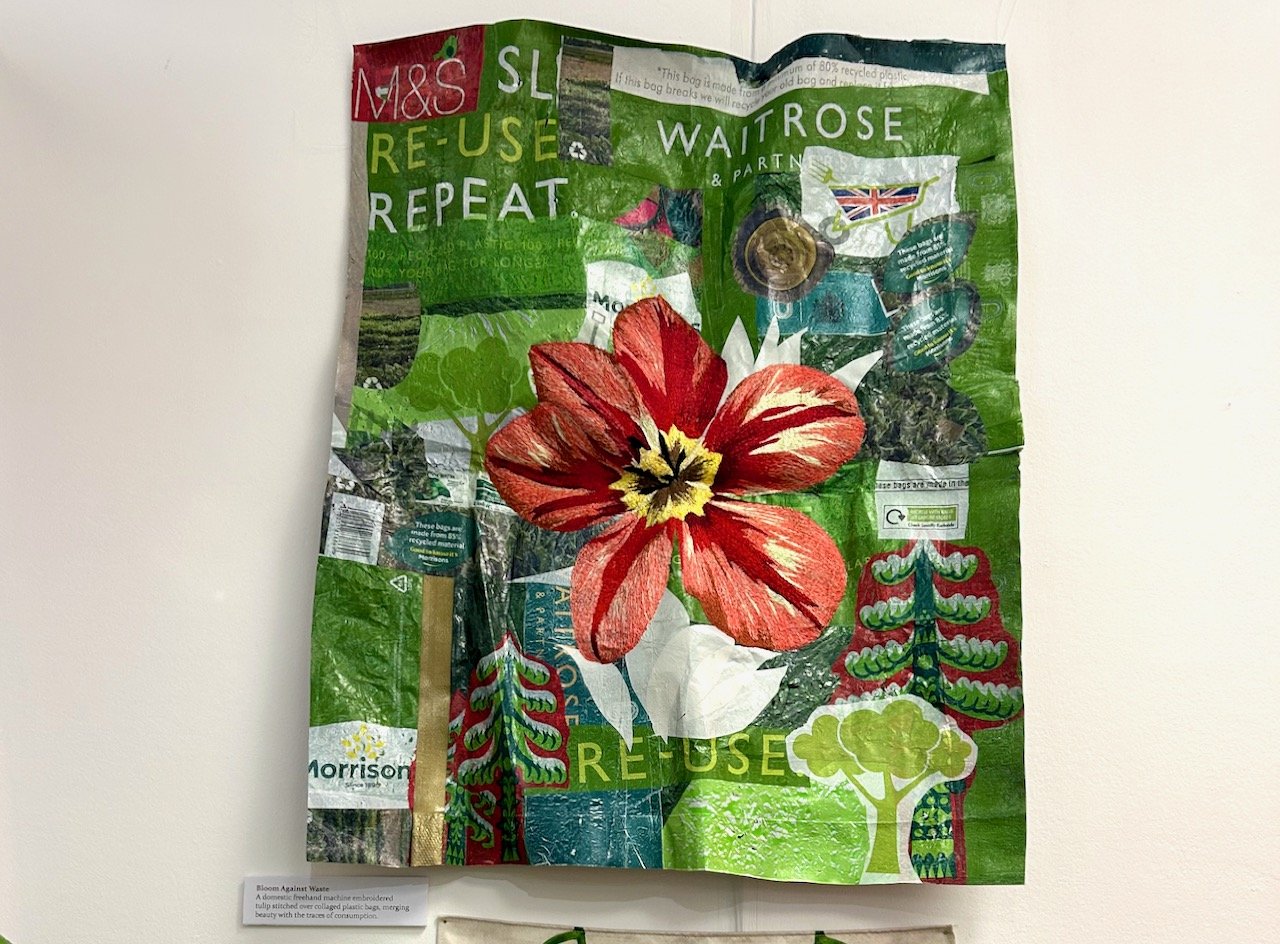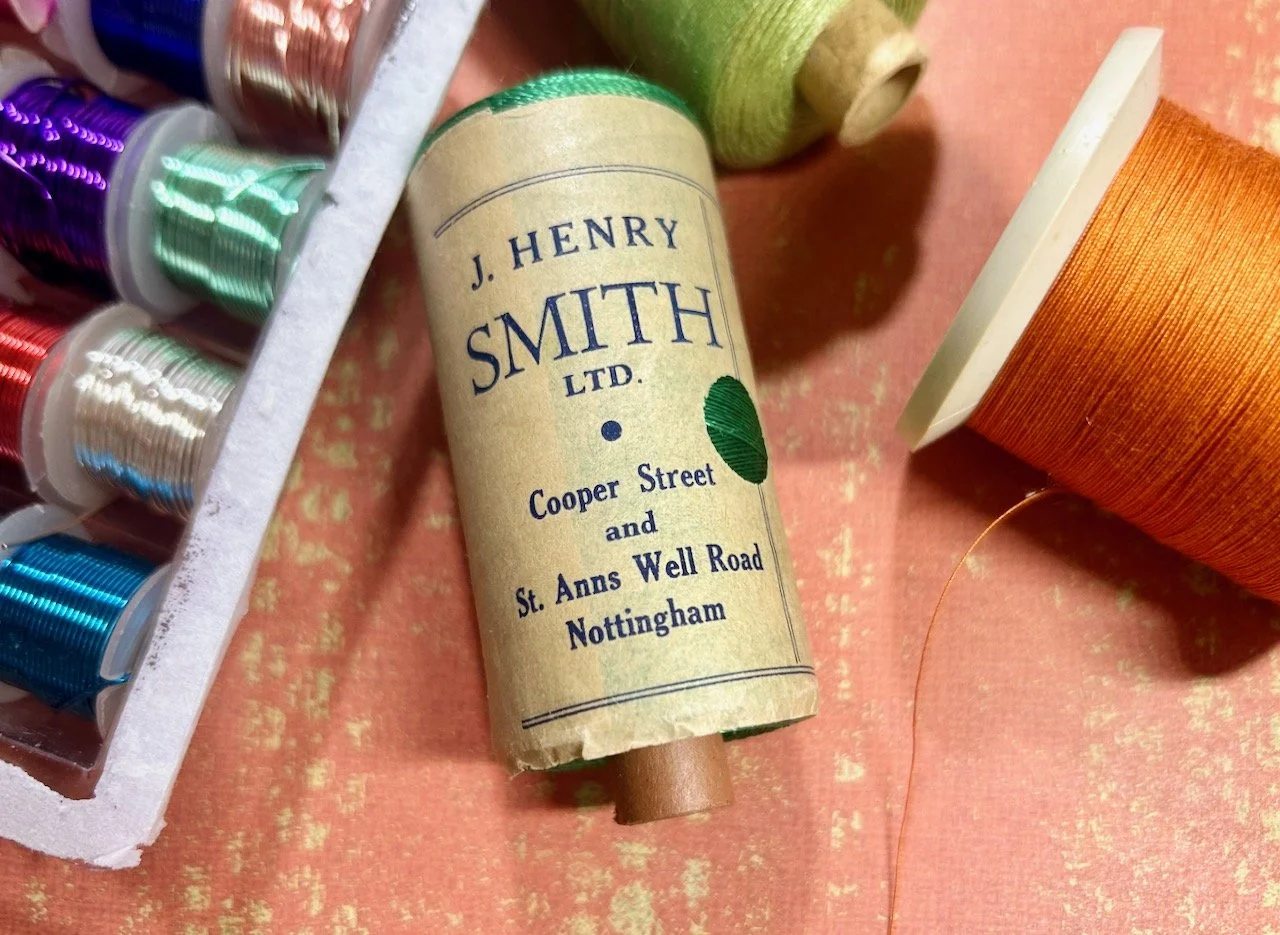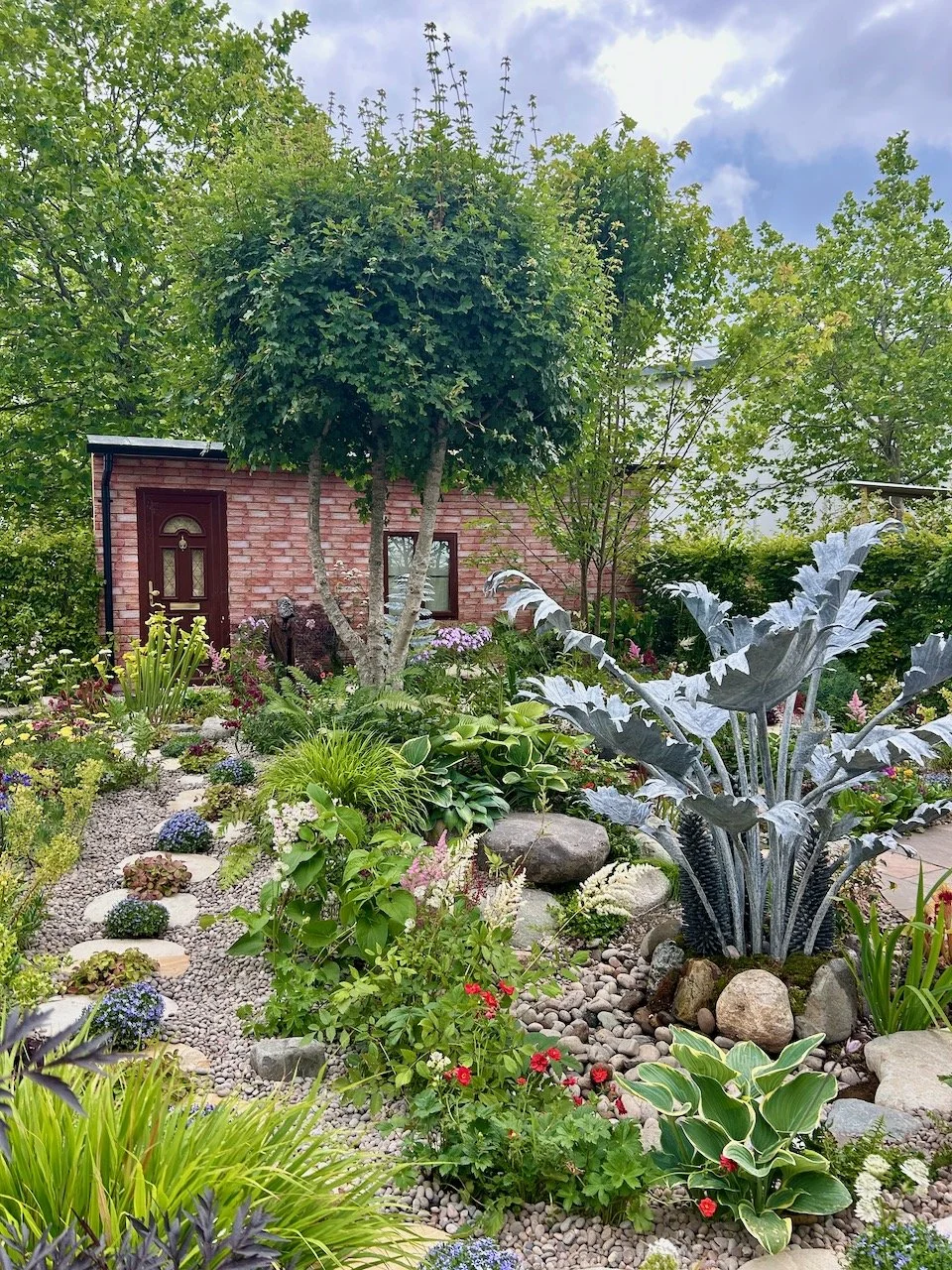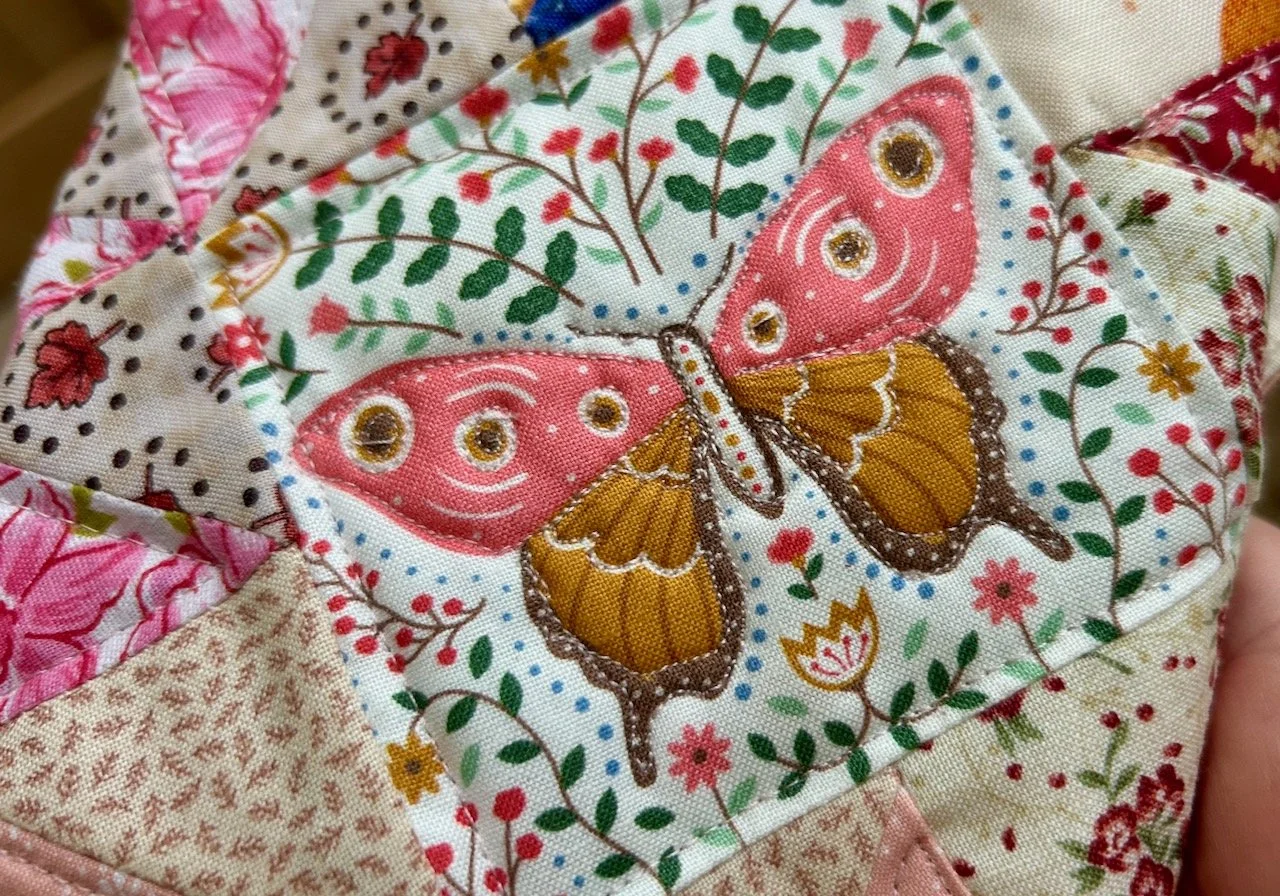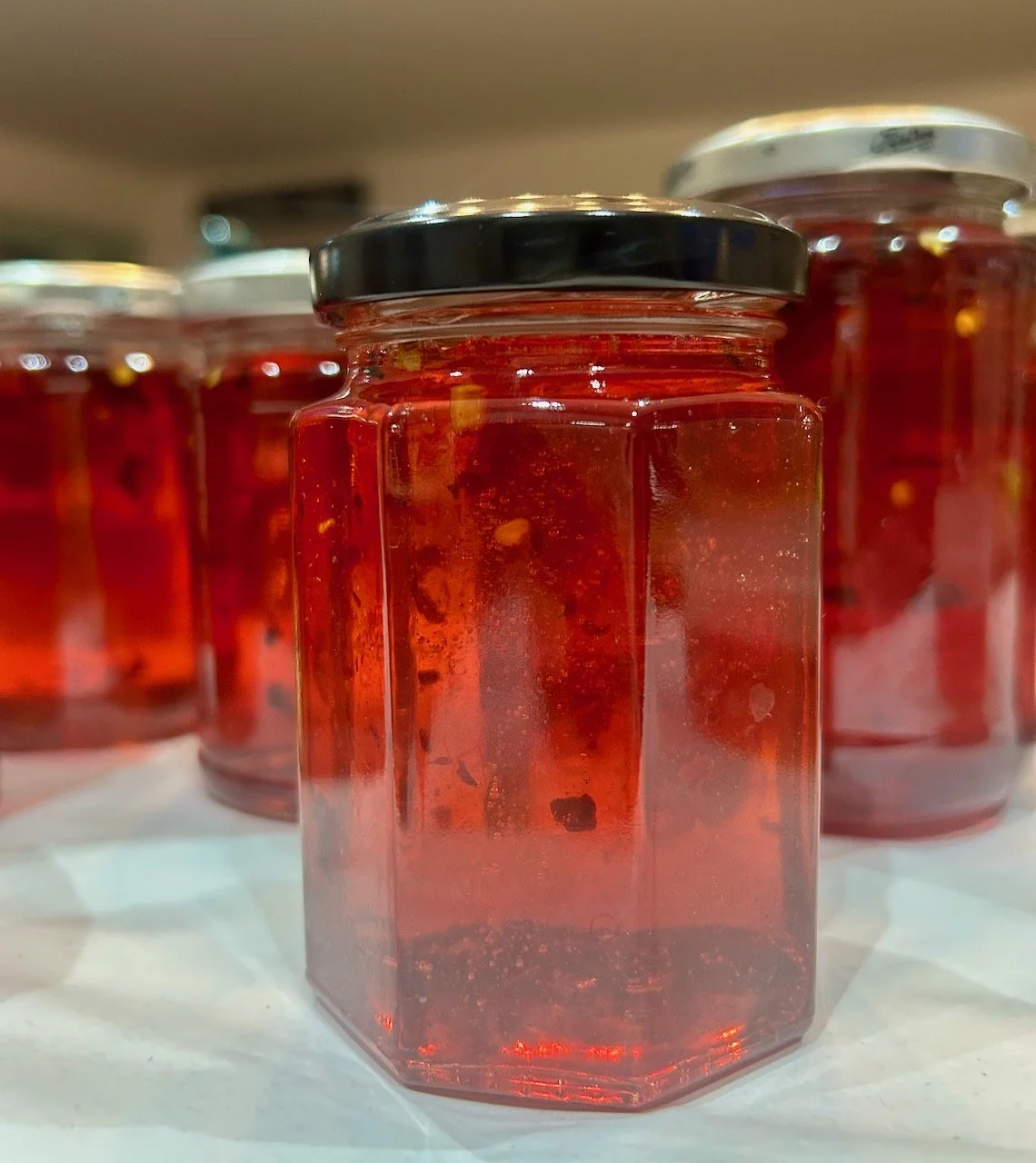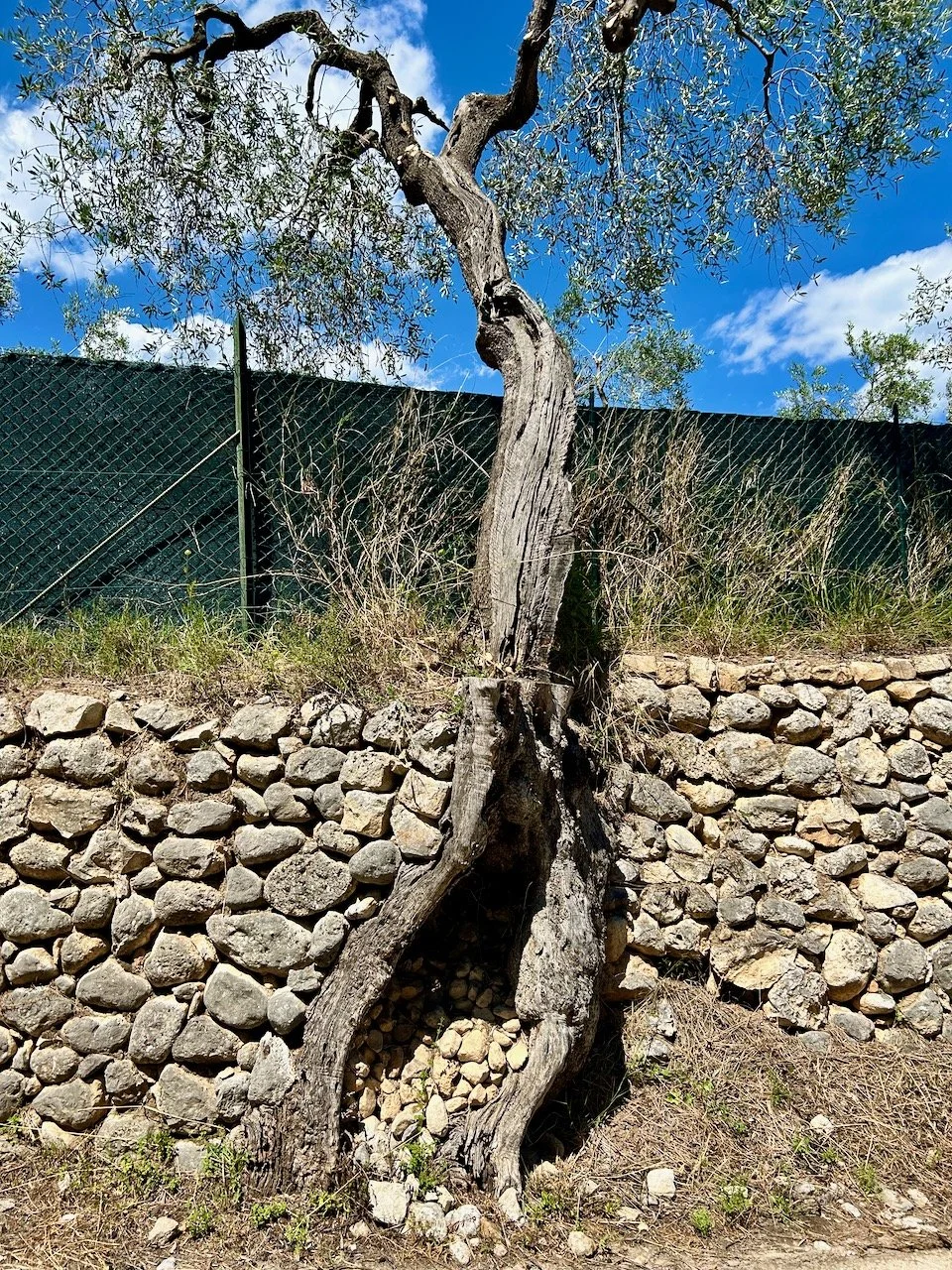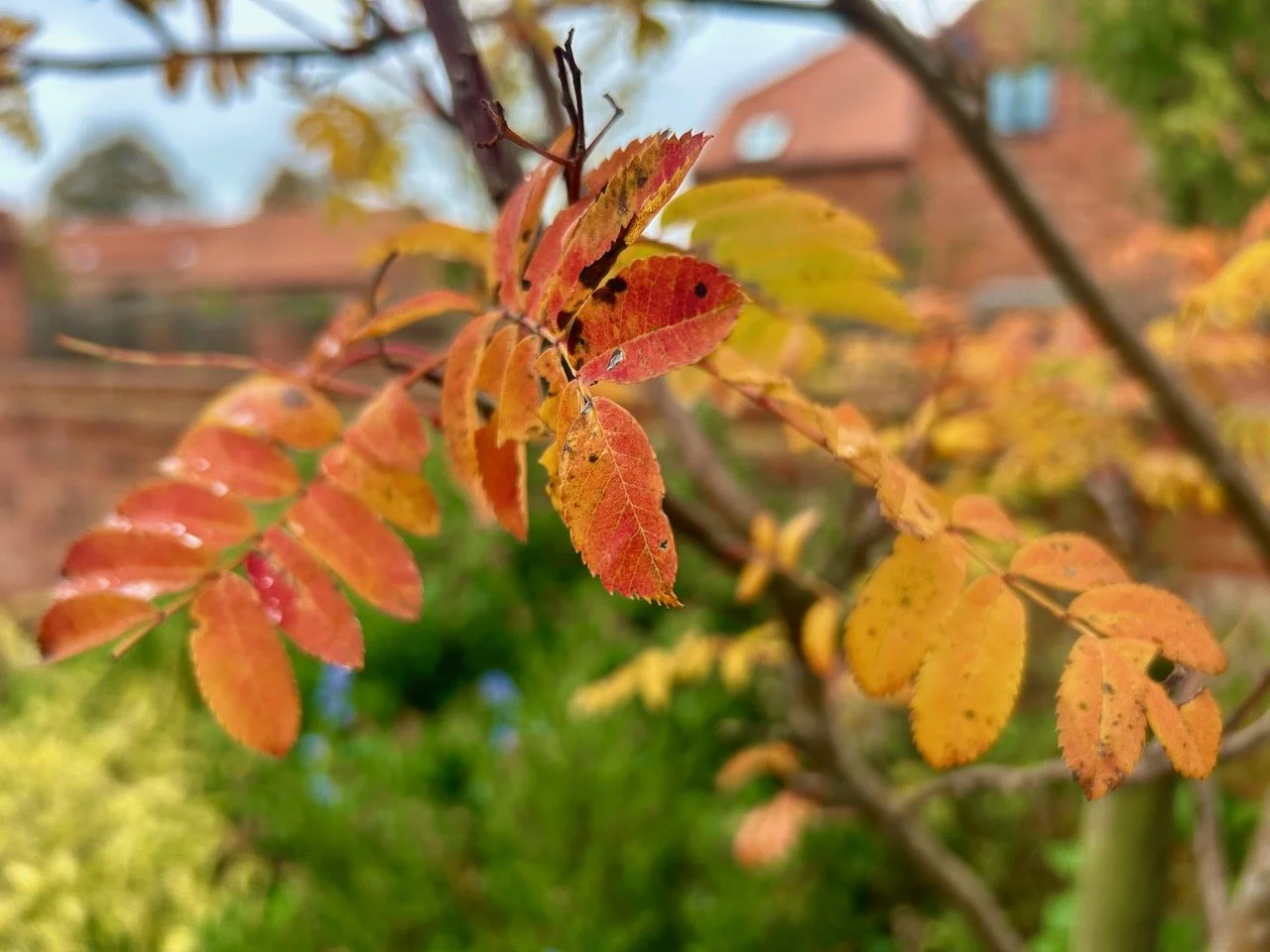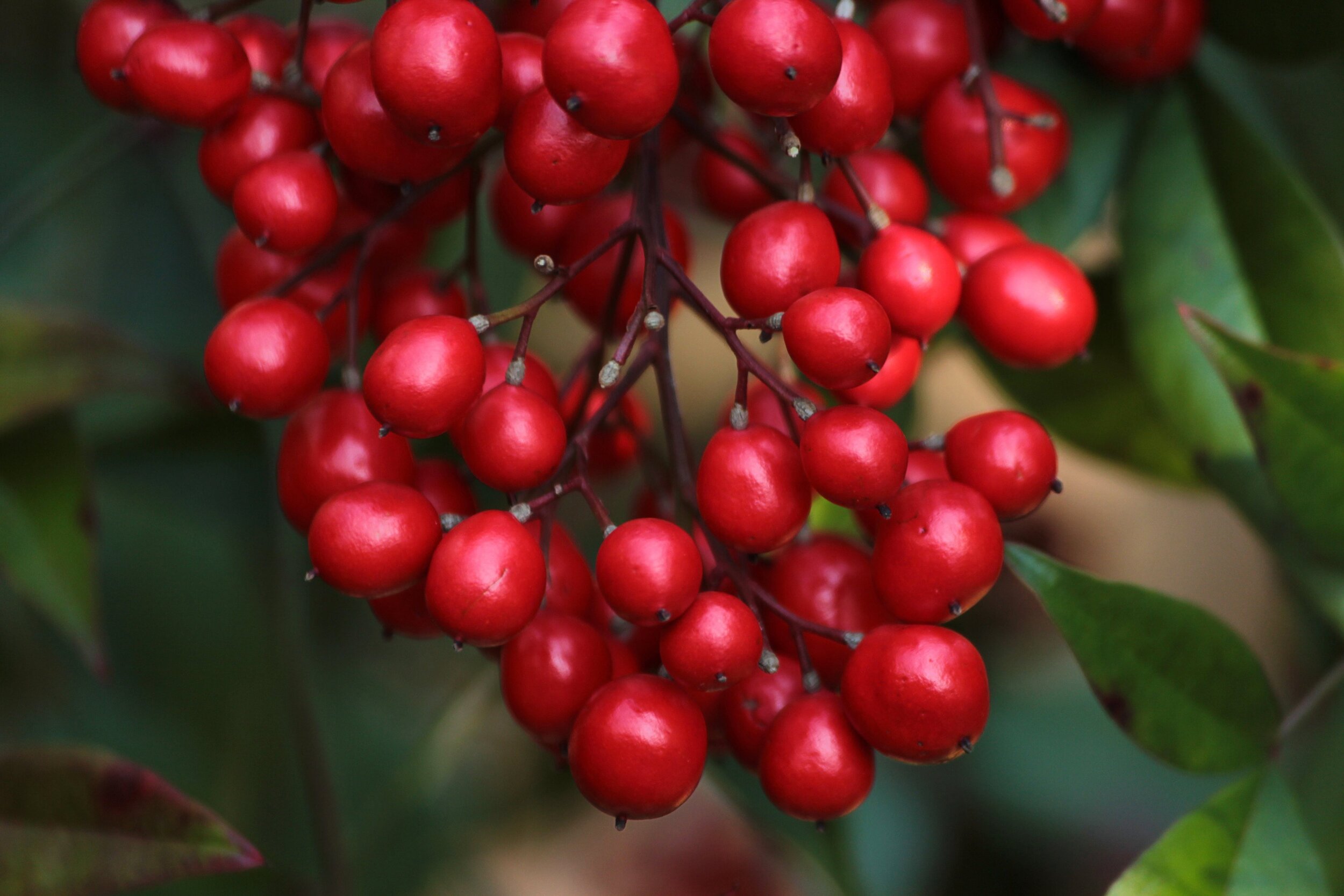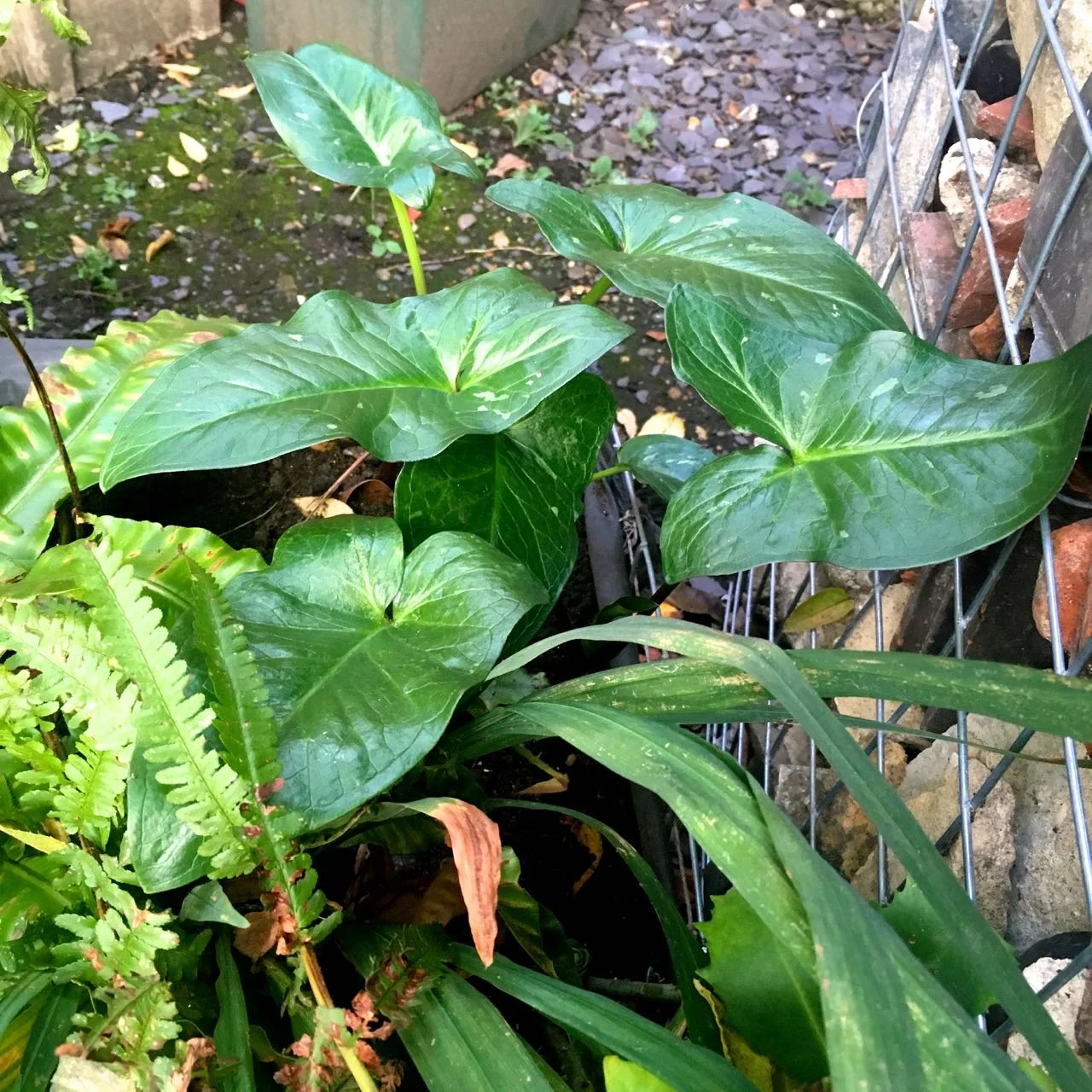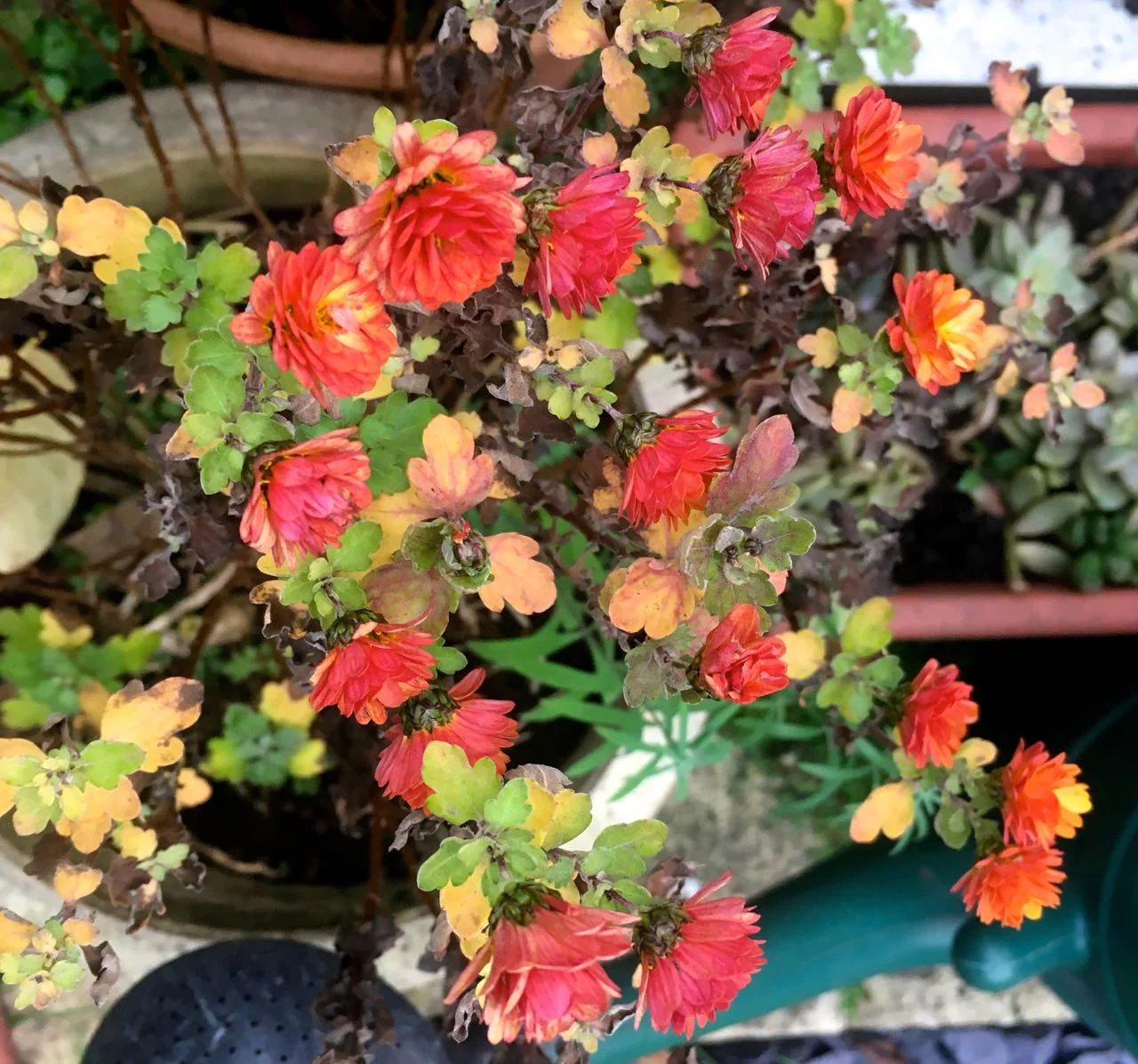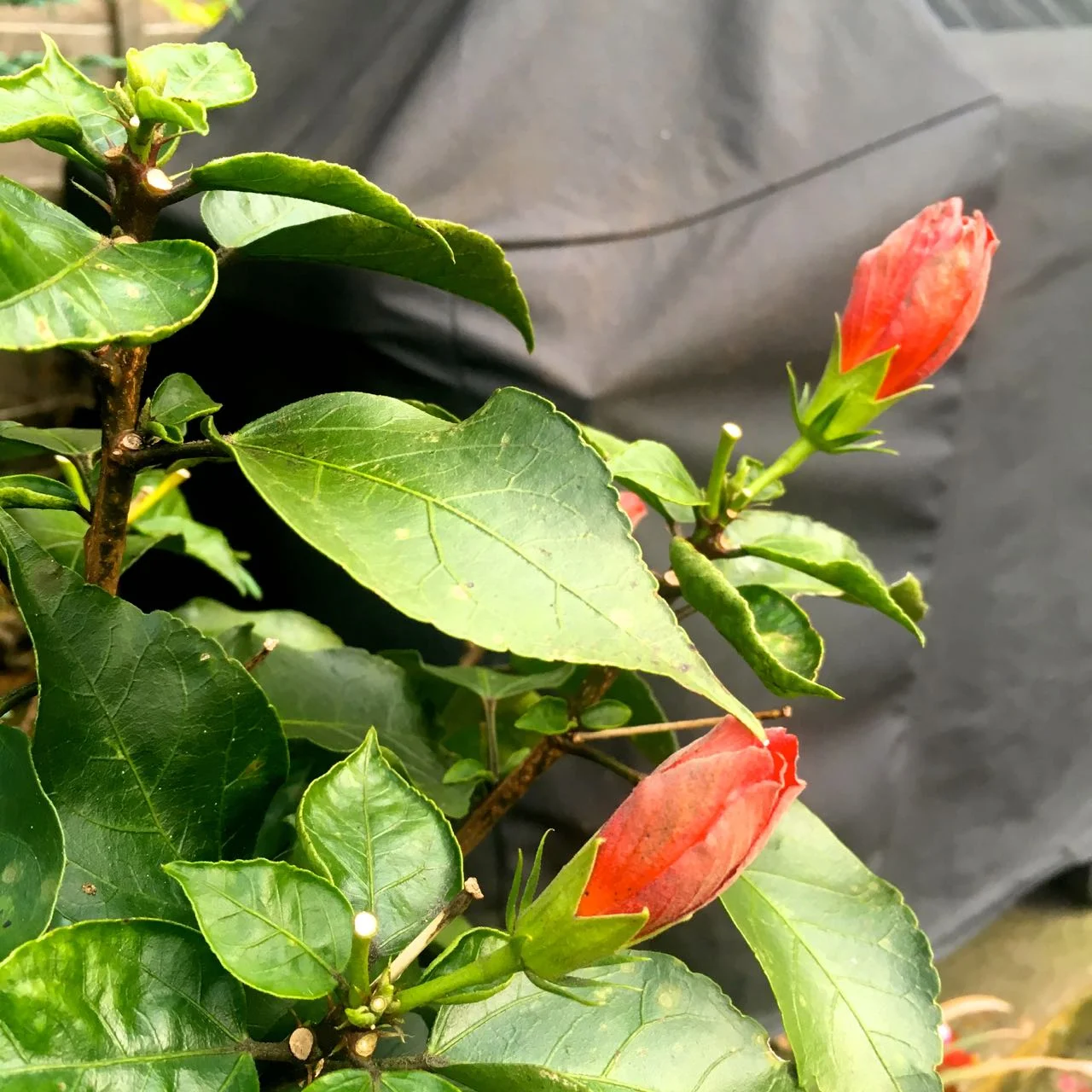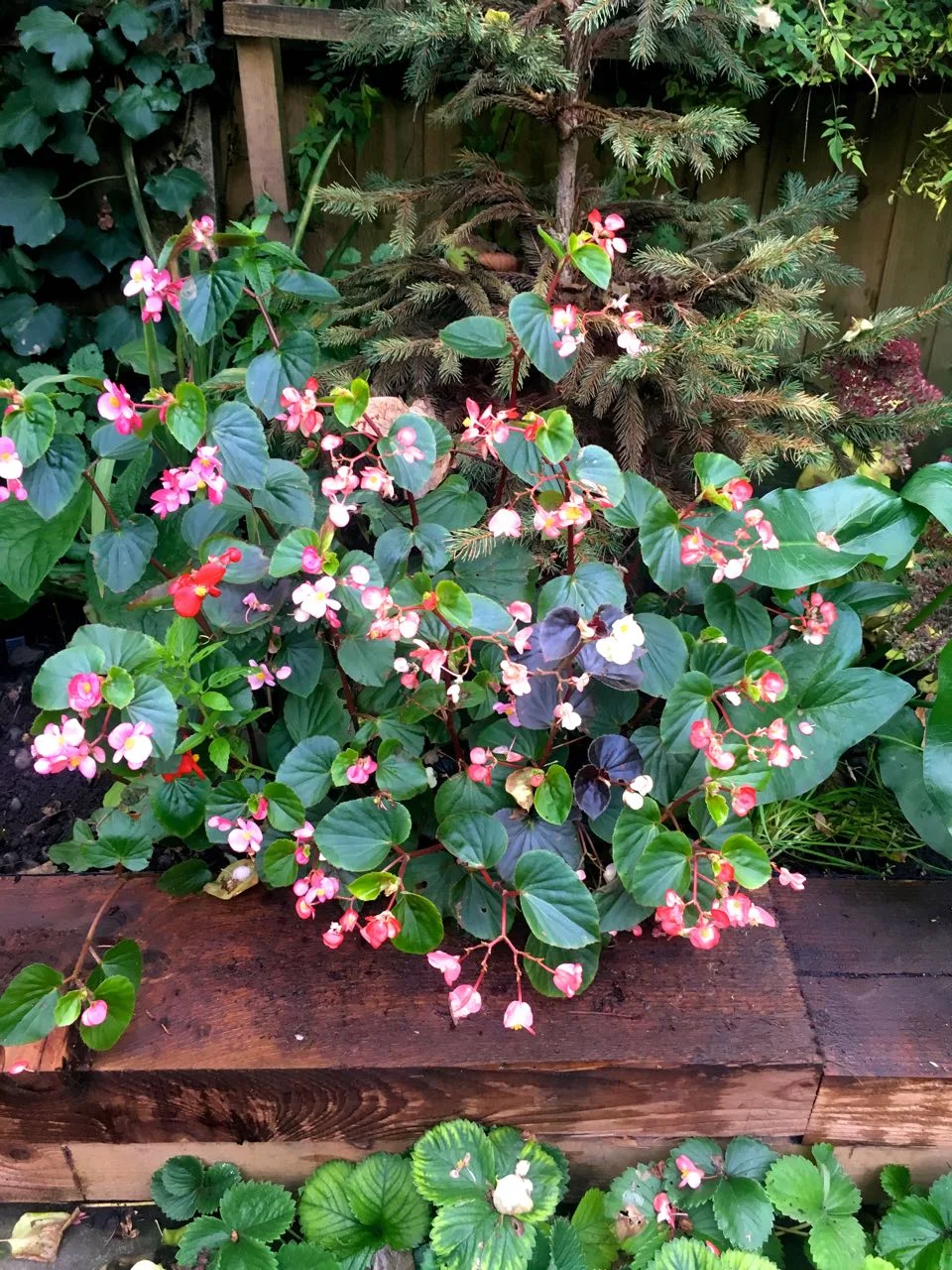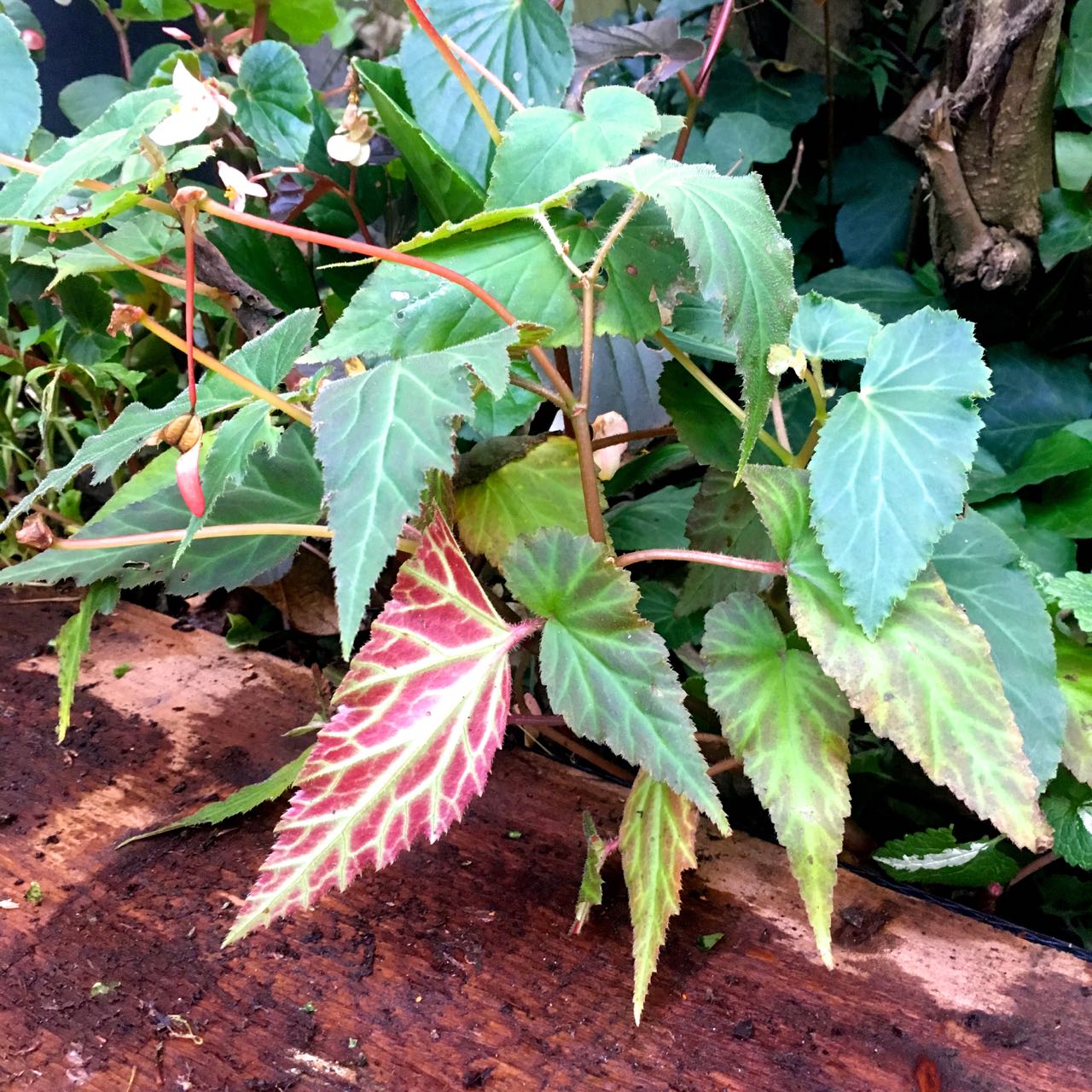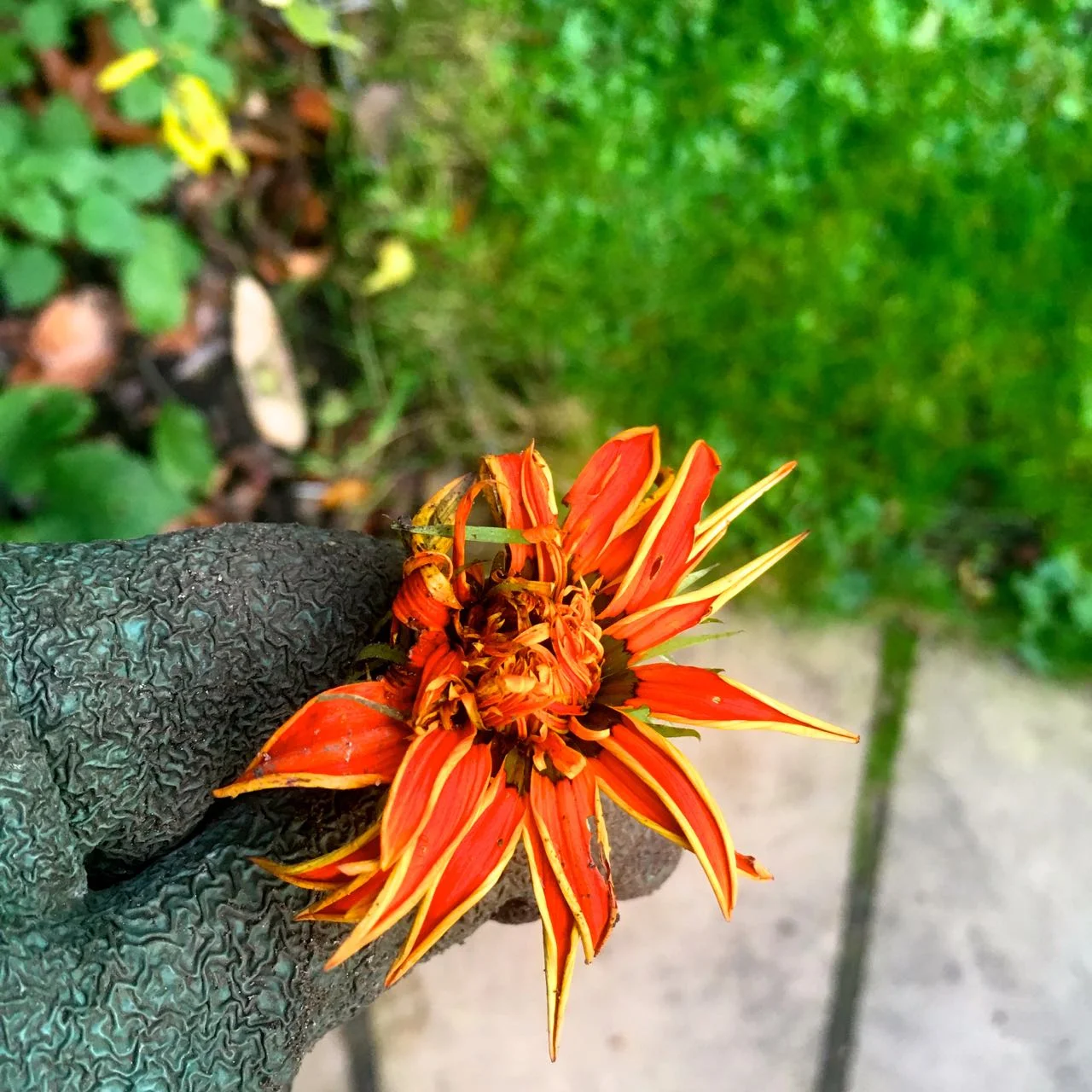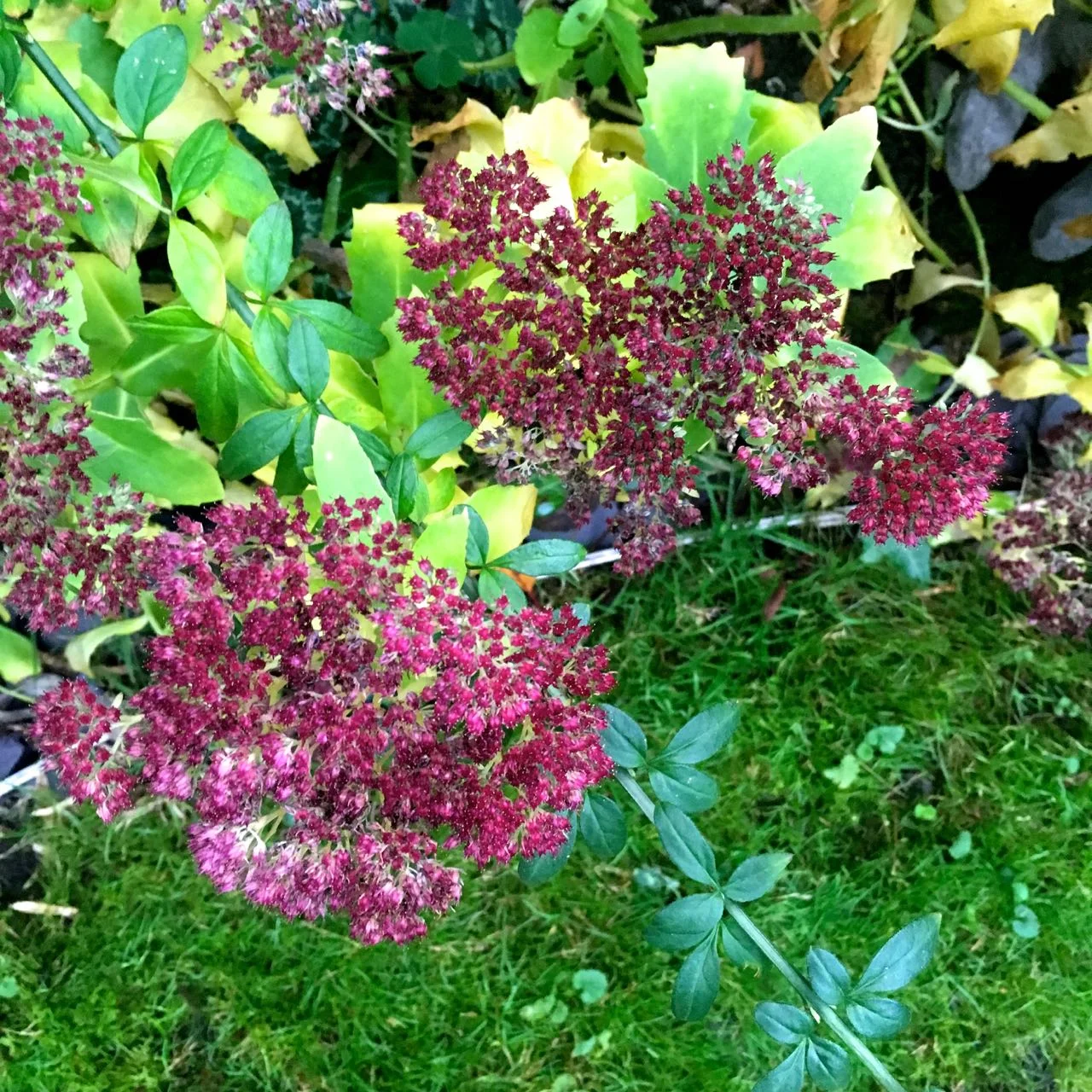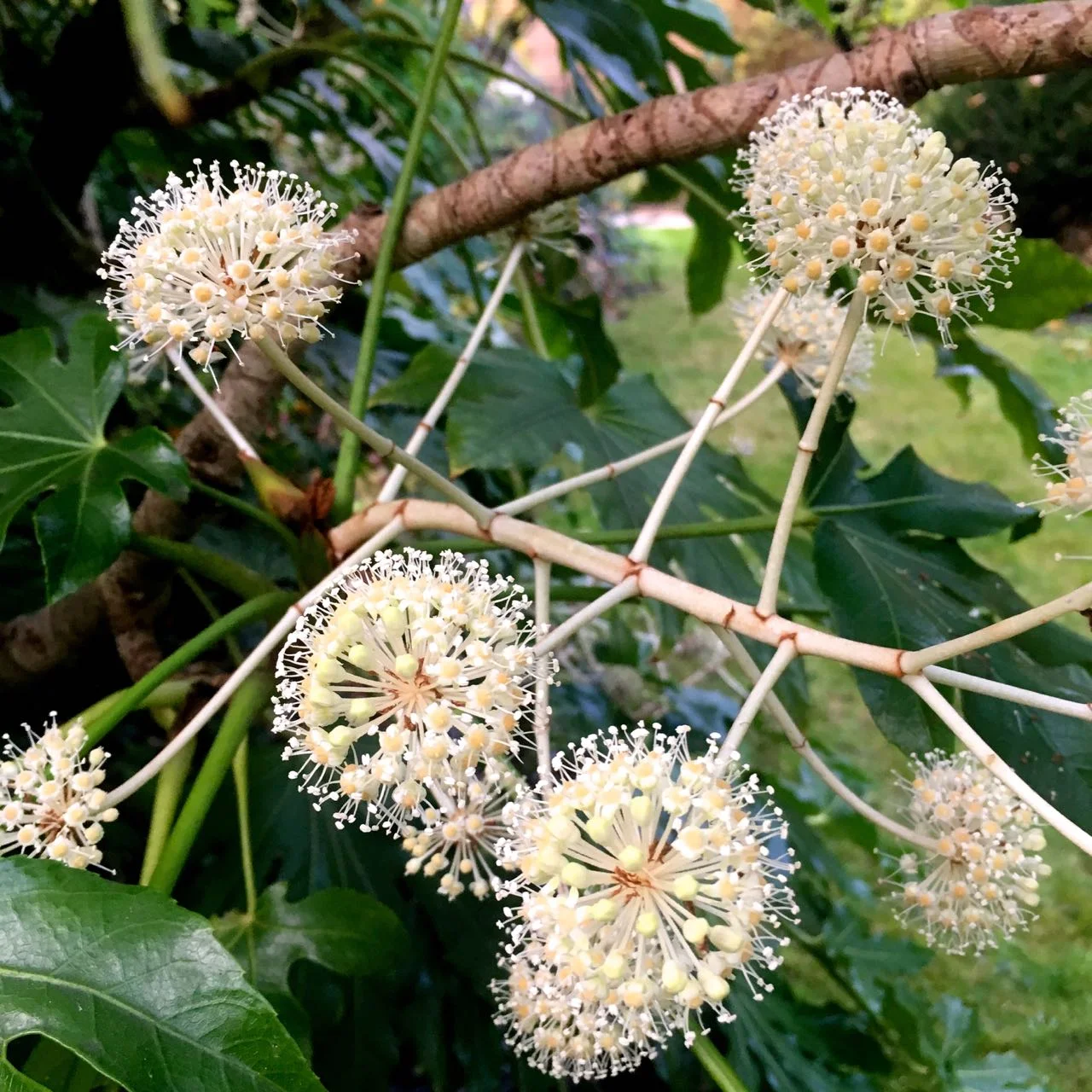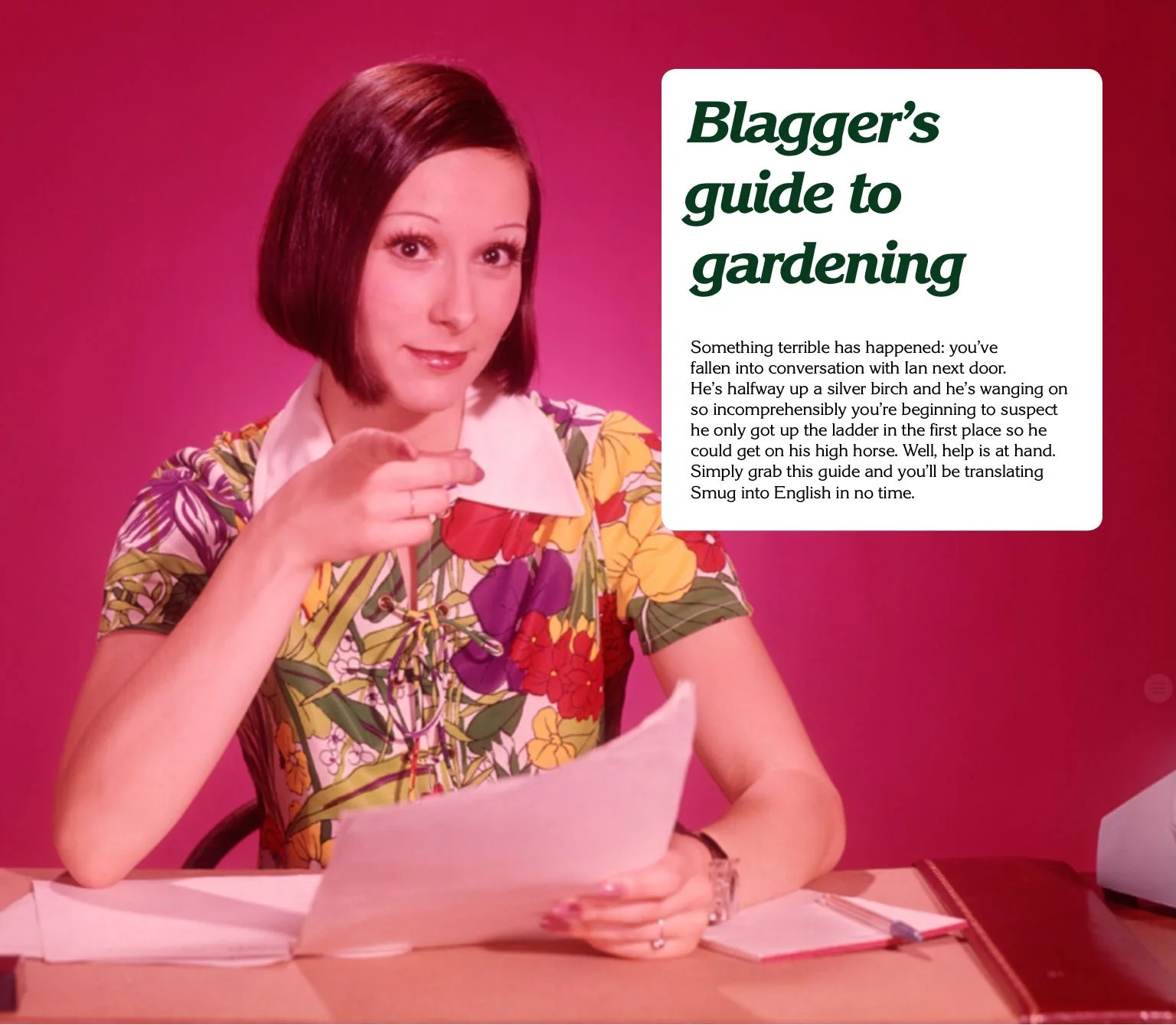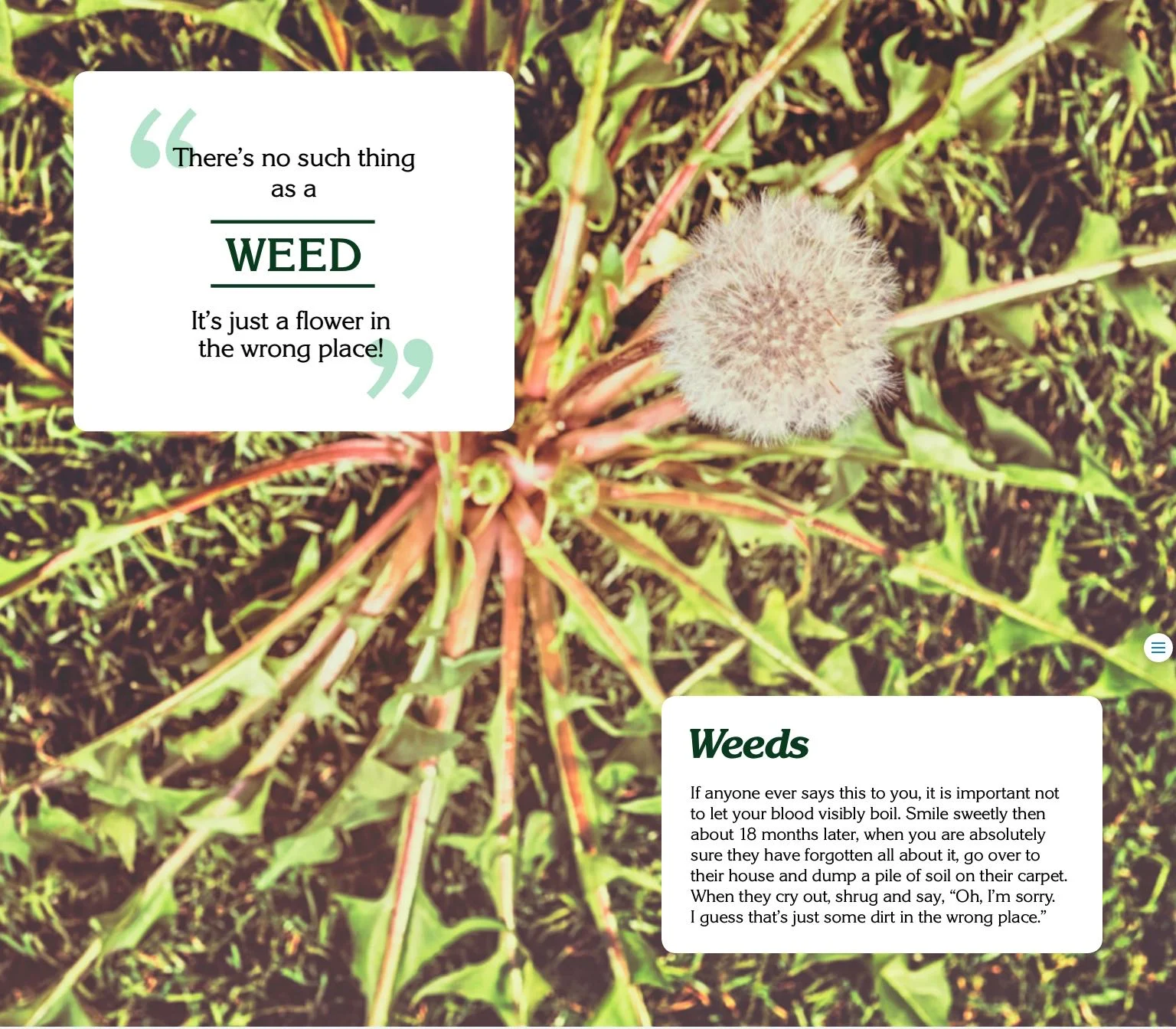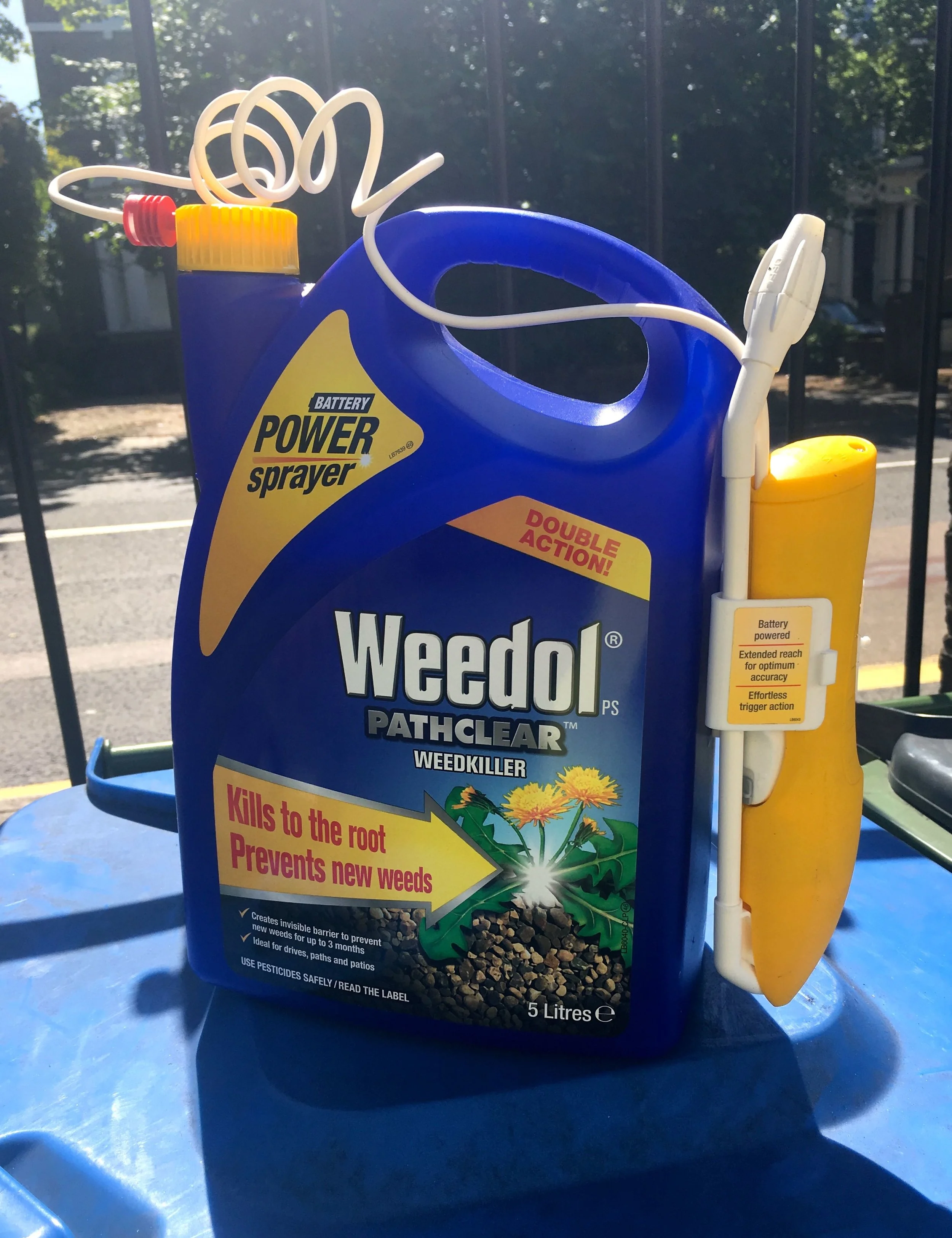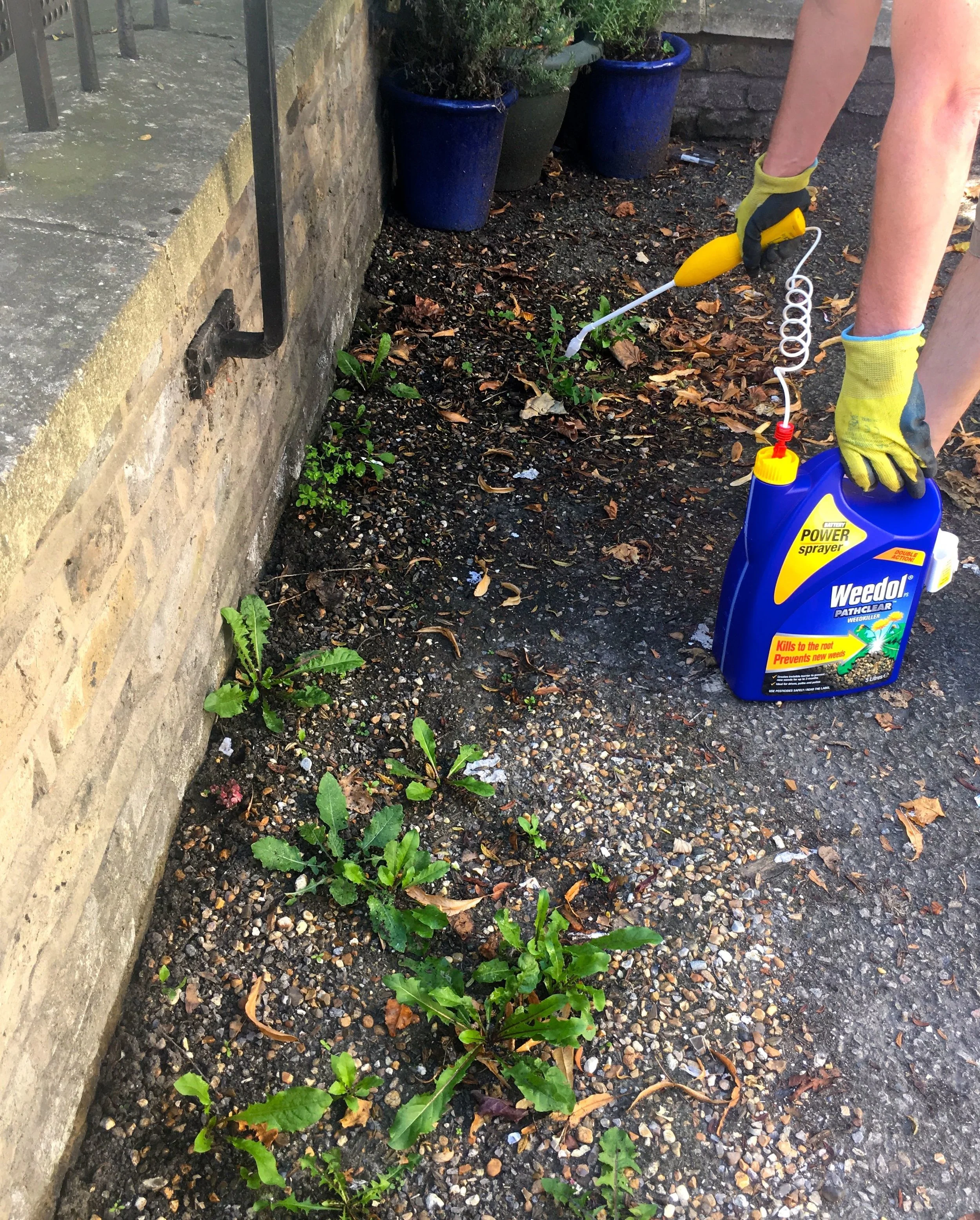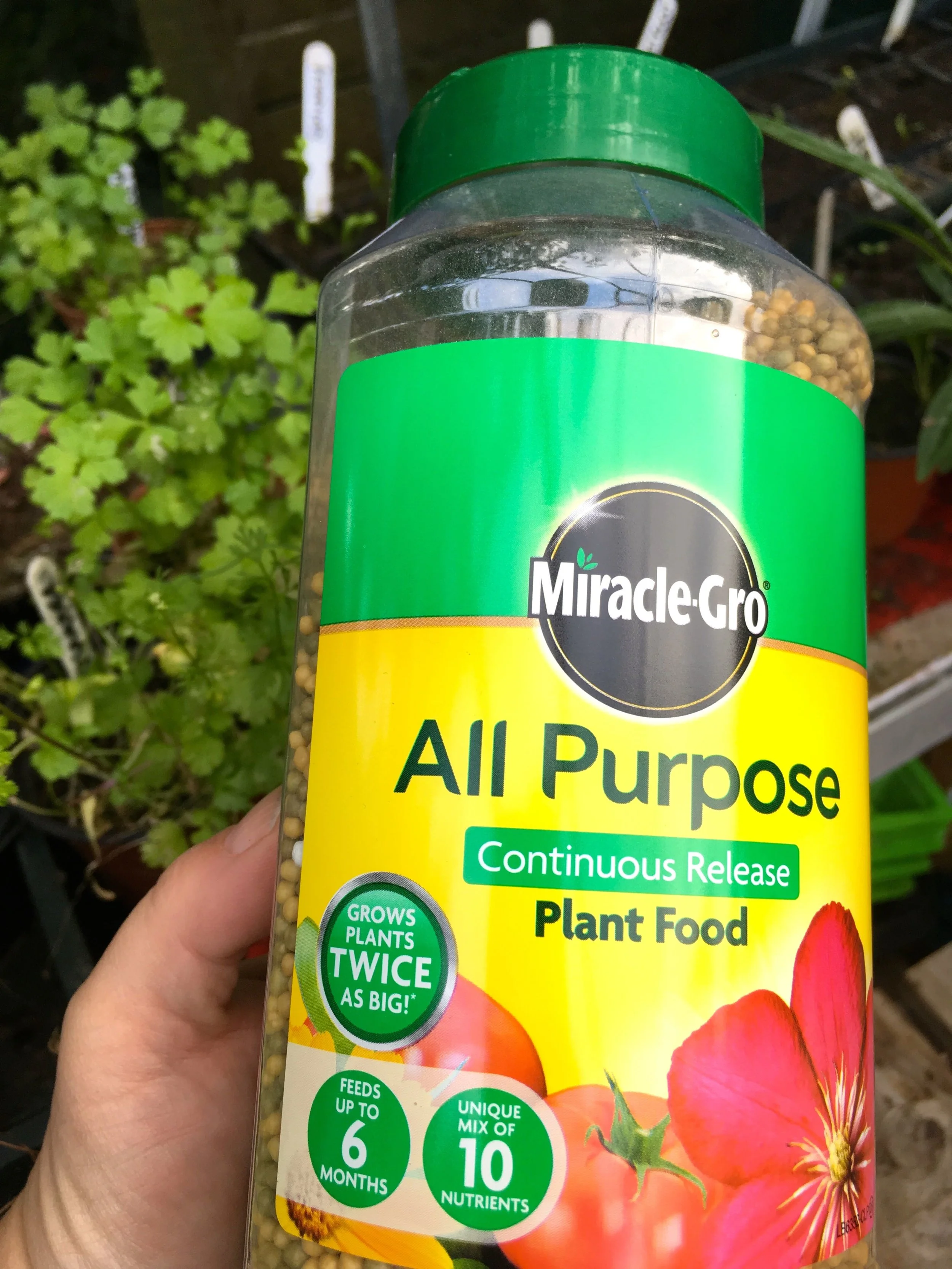It's something we hear a lot about in the press, and something that's tricky to be rid of, yes the scourge of Japanese knotweed. And it makes for scary reading. I often wonder if I'd know it if I saw it, and if it really does march on as the press would have us believe.
After some Google image searching I was relieved to know I've not seen any nearby, but now I know what I'm looking for, I'm keeping an eye out.
It seems it's no ordinary plant or weed. It's one that's incredibly fast growing so can easily take over an entire garden and scarily a home if it's left uncontrolled, causing serious problems to properties. There's reports of it being hard to get a mortgage for properties with it in the garden, and can even send property values plummeting, which sounds crazy doesn't it...
So if it's so dangerous, how can we deal with it effectively?
Firstly - and this may sound obvious, but it's worth stating anyway - make sure what you're dealing with is actually Japanese knotweed. Perhaps you've suddenly noticed a new plant in your garden, and not something you planted. Often these can be gifts from the birds and wildlife, but as in life, not all gifts are equal.
I've already admitted I wasn't sure what it looks like, and it seems I'm not alone - less than 44% of us would recognise it according to one survey. If you see shoots appearing in your garden, which are similar to bamboo then start to investigate more. When they appear, the leaves are slightly tear-shaped, or may even be described as a sort of oblong heart.
The real clue though in figuring out if you have Japanese knotweed growing is if the new plant starts growing like wildfire, no matter how much you cut it down. Which seems quite late, a bit like when MOH started joining in the gardening. He was a keen weeder, sometimes too keen and regularly brought a plant along asking if it was a weed or not, and let's just say it wasn't always a weed, but of course by then it was too late. And not matter how much he tried shoving it back in the ground rarely helped...
The experts say trying to eradicate Japanese knotweed on our own is largely a futile task. The problem lies in the deep and wide root system that enables it to grow and grow. So, simply slashing down from above ground doesn't do much to solve the dilemma, other than goad the roots to send up a new batch of troublesome shoots. Sprays bought from garden centres and home remedies are usually also ineffective.
The recommended solution to effectively remove Japanese knotweed is to get the experts in. Companies in the UK now specialise in the removal of Japanese knotweed and have developed highly effective methods and equipment to kill it off for good. They use powerful herbicide treatments and dig-outs so the entire root system is removed so there’s nothing left to grow back.
The benefits of professional removal of Japanese knotweed means there's no future risk of damage to the property. I didn't realise that if you have it you're legally obliged not to let it spread to neighbouring properties - what responsibility, but then again I'd be pretty annoyed if it came from any of my neighbours. To do so is an offence that could attract an ASBO, a fine, or even a jail term — it really is dangerous stuff, isn't it?
So after learning more about this weed I'd recommend that if you suspect you have a growing Japanese knotweed problem, seek help — and professional assistance — before it’s too late. Look for the best firms specialising in the removal of Japanese knotweed, because they will be able to provide you with an insurance-backed guarantee for their work, and that means you won't encounter any problems selling your house at a later date, because your buyers will be able to secure a mortgage on your property.
Usually I'd ask if any of you experience anything like this, but I seriously hope you haven't as it sounds horrendous and I can't help but be reminded of The Day of the Triffids, which traumatised me for a long time after watching it way back in 1981.
1981?! How is that even possible?!
* This is a collaborative post but views are my own

